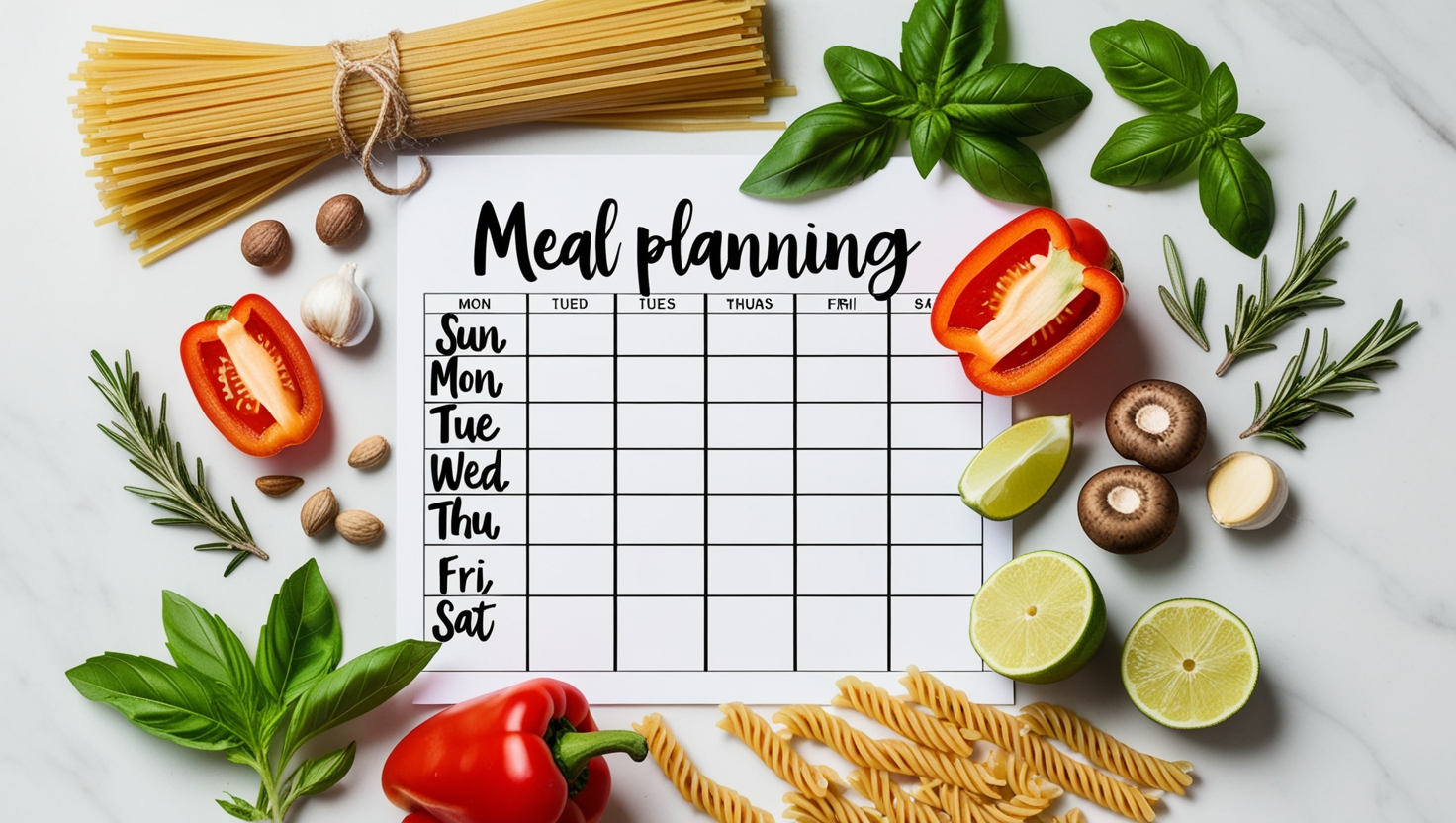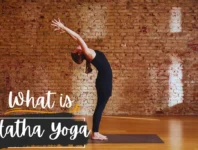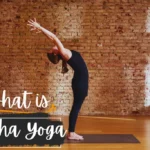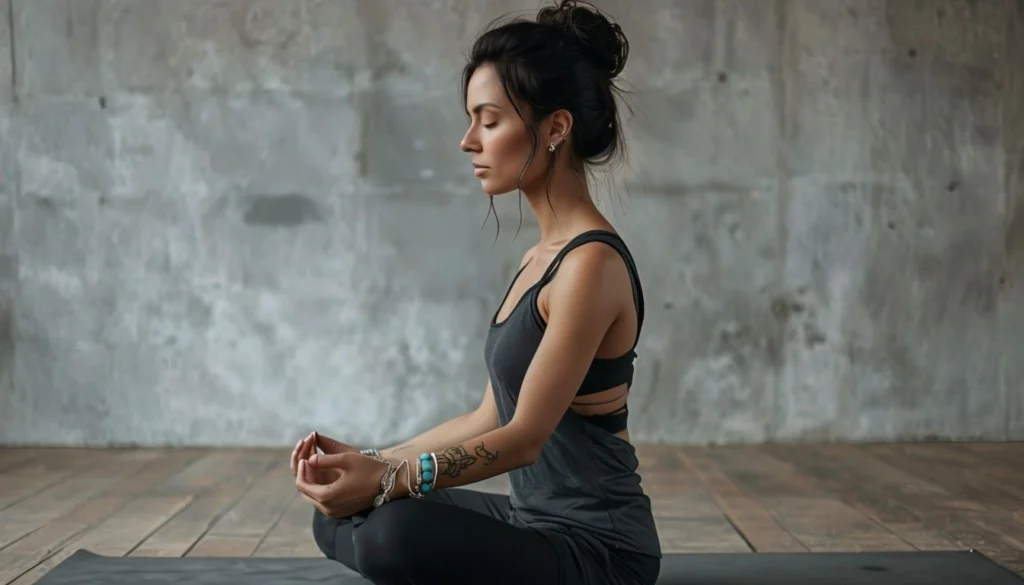
Introduction
In today’s hectic world, anxiety often feels like an unwelcome companion. While medications and therapy are helpful for many, natural approaches like meditation and breathing exercises provide additional, powerful tools for managing anxiety. These techniques not only soothe the mind but also enhance overall well-being, offering a calming anchor amid life’s storms.
This guide delves into three proven breathing exercises that are simple, effective, and accessible. You’ll also discover tips to maximize their benefits and practical ways to incorporate them into your daily routine.
Understanding the Science Behind Breathing Exercises
Breathing might seem automatic, but consciously regulating it can profoundly impact your mental and physical health. When you’re anxious, your breathing becomes shallow, signaling a stress response in your body. By practicing intentional, controlled breathing, you activate the parasympathetic nervous system, which counters the fight-or-flight response and promotes relaxation.
Numerous studies support the efficacy of breathing techniques in reducing cortisol (the stress hormone), lowering heart rates, and improving mood. These methods are not just quick fixes but tools that help build resilience over time.
3 Effective Breathing Exercises for Anxiety
1. Diaphragmatic Breathing (Belly Breathing)
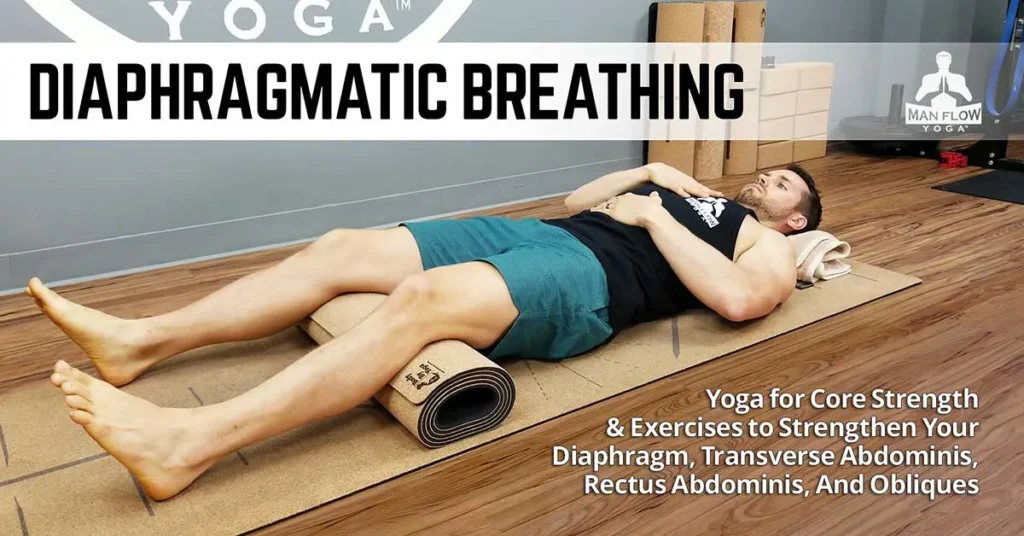
Credit: manflowyoga.com
What It Is: Diaphragmatic breathing, also known as belly breathing, focuses on deep, intentional breaths that engage the diaphragm. This practice lowers heart rate, reduces anxiety, and brings a sense of calm.
How to Do It:
- Sit comfortably or lie down in a quiet space.
- Place one hand on your chest and the other on your belly.
- Inhale deeply through your nose for a count of four, feeling your belly expand.
- Exhale slowly through your mouth for a count of six, feeling your belly contract.
- Repeat for 5–10 minutes.
Why It Works: Research shows that diaphragmatic breathing activates the body’s relaxation response, reducing stress hormones and improving focus.
2. 4-7-8 Breathing
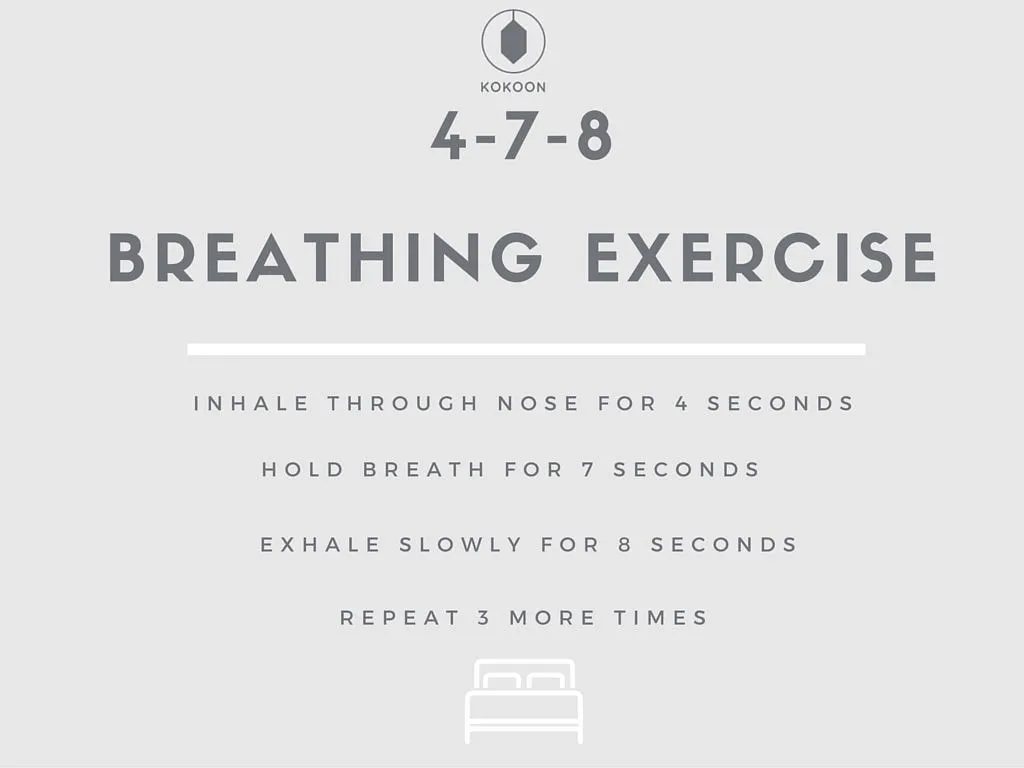
What It Is: Popularized by Dr. Andrew Weil, this rhythmic breathing technique promotes relaxation and is especially effective for managing pre-sleep anxiety.
How to Do It:
- Sit or lie down in a comfortable position.
- Close your eyes and inhale through your nose for a count of four.
- Hold your breath for seven counts.
- Exhale slowly through your mouth for eight counts, creating a gentle “whooshing” sound.
- Repeat the cycle four to six times.
Why It Works: The pattern helps oxygen saturate the bloodstream and reduces tension through elongated exhales. It’s a great way to reset your mind and body before bed.
3. Alternate Nostril Breathing (Nadi Shodhana)
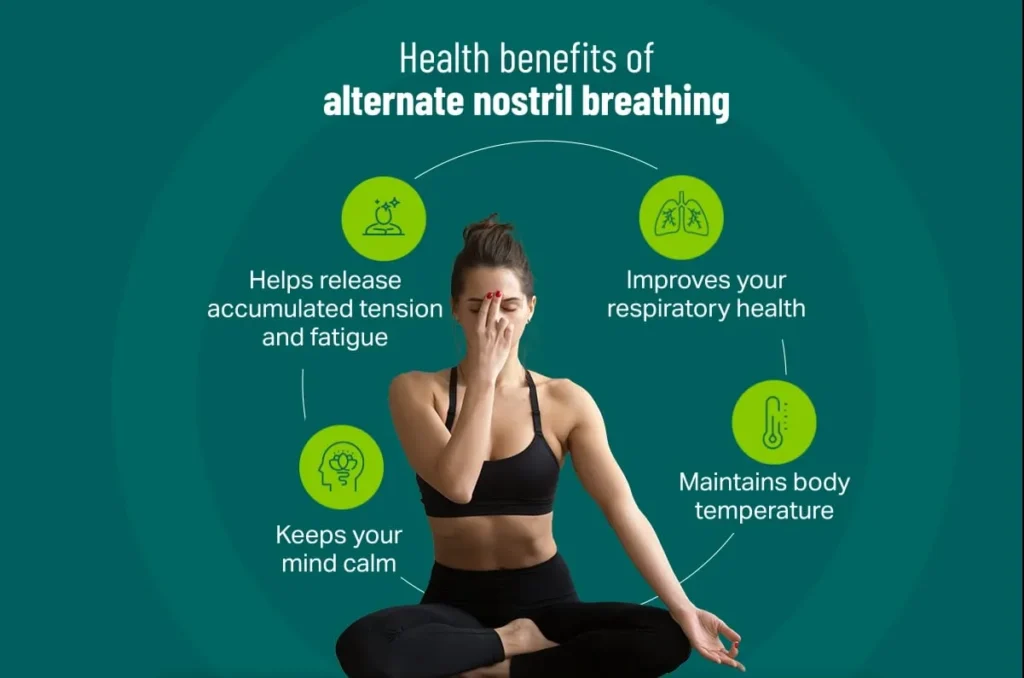
Credit: www.kokilabenhospital.com
What It Is: A cornerstone of yogic practices, alternate nostril breathing balances the body’s energy systems and fosters a sense of harmony and calm.
How to Do It:
- Sit comfortably with your spine straight.
- Close your right nostril with your thumb and inhale deeply through your left nostril.
- Close your left nostril with your ring finger, release your thumb, and exhale through your right nostril.
- Inhale through your right nostril, close it, and exhale through your left nostril.
- Continue this cycle for 5–10 minutes.
Why It Works: This technique improves focus, lowers heart rate, and reduces anxiety. Studies suggest it also boosts overall mental clarity.
💡 Pro Tip: Use a meditation cushion for better posture and comfort during practice.
Tips for Effective Practice
- Find a Quiet Space: Choose a peaceful environment where you can focus without interruptions.
- Start Small: Begin with just a few minutes each day and gradually increase the duration as you become comfortable.
- Be Consistent: Make these exercises a daily habit by pairing them with routine activities like morning coffee or bedtime rituals.
- Track Progress: Use a journal or meditation app to note your experiences and improvements.
- Stay Patient: Results build over time, so don’t rush the process.
Scientific Backing for Breathing Techniques
The efficacy of controlled breathing is well-supported by science. For example:
- A 2017 study in Frontiers in Psychology found that breathing exercises significantly reduced cortisol levels, enhancing relaxation.
- Research published in The Journal of Psychosomatic Research highlights how diaphragmatic breathing improves heart rate variability (a marker of stress resilience).
These findings affirm that mindful breathing isn’t just a feel-good practice but a scientifically validated way to manage anxiety.
Benefits Beyond Anxiety Relief
While these exercises excel at reducing anxiety, their benefits extend further:
- Improved Focus: Regulated breathing enhances cognitive function and concentration.
- Better Sleep: Relaxation techniques like 4-7-8 breathing promote deeper, more restorative sleep.
- Enhanced Emotional Resilience: Regular practice strengthens your ability to cope with life’s challenges.
- Physical Health: Controlled breathing improves cardiovascular health and reduces physical symptoms of stress.
Final Thoughts
Anxiety doesn’t have to define your life. With simple, effective tools like diaphragmatic breathing, 4-7-8 breathing, and alternate nostril breathing, you can regain a sense of control and calm. These exercises are free, accessible, and adaptable to any lifestyle.



